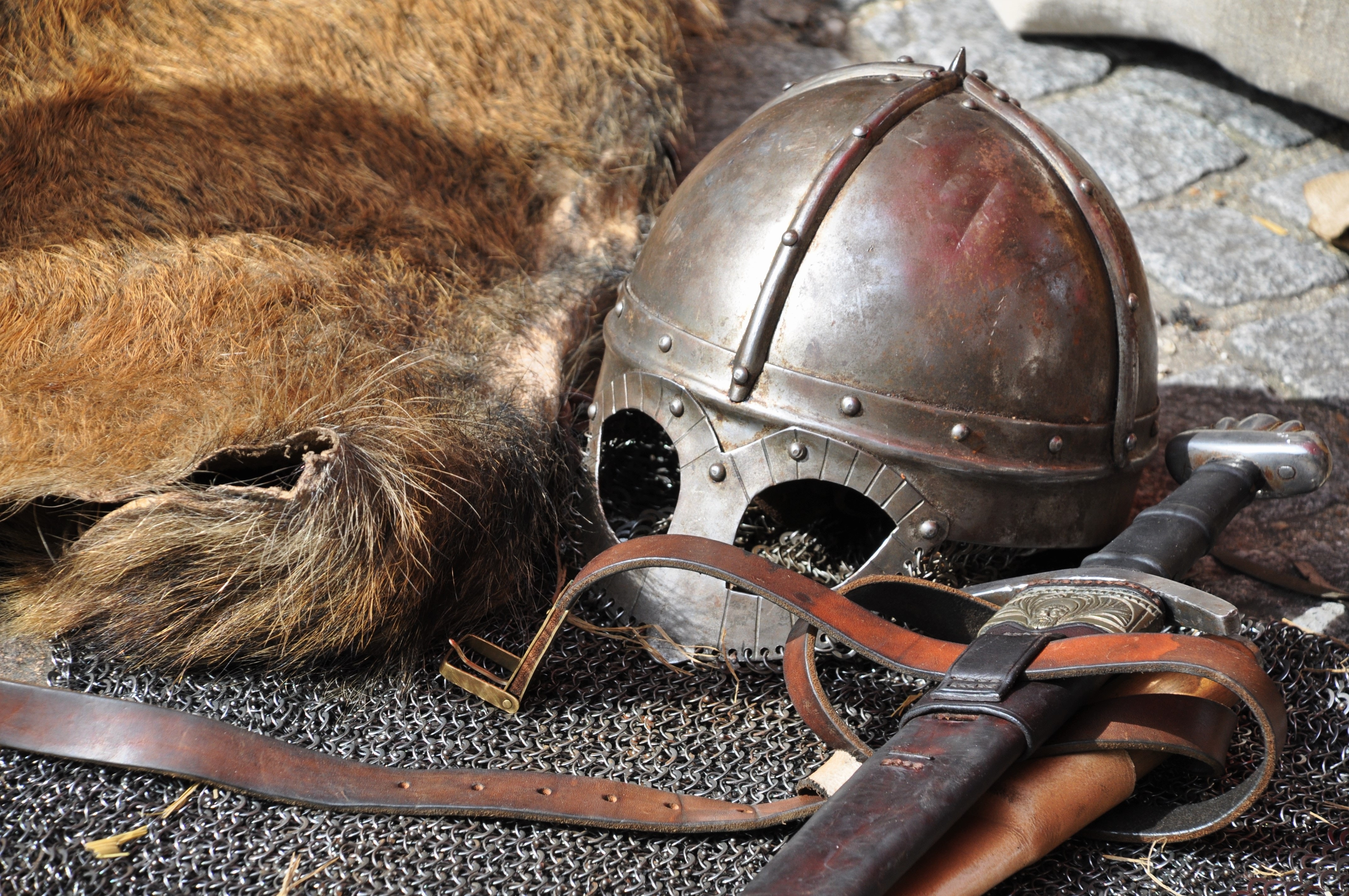
I learned this today. The Iron Age started because iron and steel reached the point where it was stronger than bronze, and the Bronze Age collapsed.
The Iron Age is the third of the three-age history division of prehistory. It doesn’t have one starting point because it varies from region to region. The earliest start for it is in about 1400 BC in India and then about 1200 BC in Mesopotamia. It ended in about 500 BC in the Ancient Near East, about 1 BC in central and western Europe and as late as 800 AD in northern Europe.
So, why did the Iron Age start? Potentially for three reasons: People worked out how to make steel; the Bronze Age collapsed; steel democratized tools and weapons.
The first reason is that steel is superior to Bronze. The Bronze Age started when people worked out how to smelt copper and mix it with tin. Copper melts at 1,085℃, which is possible to reach in a regular kiln with a wood fire. Neolithic people could achieve this and when they worked out that adding tin made it stronger, the Bronze Age went into full swing.
Iron melts at 1,250℃, which cannot be reached using a wood fire. Neolithic people discovered that heating iron ore would make it soft, not liquid. They could then hammer it. The hammering would separate out the slag and the ore, leaving pure iron. This soft iron could then be shaped into anything they wanted. This process was discovered long before the Iron Age started and iron jewelry has existed for thousands of years. The first iron artifacts appeared in central Africa and were probably made from meteorite iron. Iron never took over from Bronze because iron is a softer metal. An iron sword will never beat a bronze sword.
All of this changed when people discovered that adding charcoal to the wood fire made the iron stronger. They put charcoal at the bottom of the kiln and put iron ore on top of that. Then they pumped air in to raise the temperature. The charcoal burned and carbon was released in the process. These carbon molecules reacted with the oxygen molecules in the iron and oxidized it, freeing iron particles. Then the metalworkers hammered the iron to remove the slag, the ore, and the excess carbon. They were left with steel, which is hard, easy to shape, and strong. No bronze sword will stand a chance against a steel sword. The Iron Age had begun.
The second reason for the start of the Iron Age was the Bronze Age’s collapse. This is partly due to the rise of iron, but there are many more reasons than just that. In about 1200 BC, most of the Bronze Age cultures, such as the Egyptians, Babylonians, Minoans, Myceneans, and the Hittites, collapsed and entered a two century long dark ages.
No one knows why this happened and there probably wasn’t one single reason. It could have happened because of drought. There are reports that the century at the start of the collapse was the driest century throughout the whole Bronze Age. There were mass migrations and the Dead Sea water level dropped by 50m, which meant there wasn’t much rain.
The supply of tin might have dried up. Copper needs to be melted with tin to make bronze that is hard enough to use. This could have driven up the price of bronze tools and weapons.
The third reason for the start of the Iron Age is that it democratized weapons, tools, and war. Bronze was not that common, and it was expensive to make. Weapons were generally only used by the wealthy. Equipping a whole army with bronze weapons would cost a small fortune. Iron ore is very common and heating it with charcoal is a very cheap and relatively easy process. The discovery meant that steel tools could be used by anyone, and steel weapons could be mass produced.
Armies could be larger because it was cheaper to supply them. However, armies could also be smaller. Wars were fought between two cities or two kingdoms. Now, it was possible for small groups of warriors to appear. Anybody could buy a weapon and fight. The way battles were fought changed and the construction of fortresses on the tops of hills started.
Steel also brought about a revolution in agriculture. Steel ploughs and sickles were suddenly available. Farmers could produce more, which allowed population growth. Steel nails became available for the building industry and steel saws and axes made it easier to cut trees. Houses are larger during the Iron Age and settlements grow bigger. More people live together in a community because it is easier to support them.
The discovery of steel changed the world immeasurably. And this is what I learned today.
Photo by Pixabay: https://www.pexels.com/photo/black-steel-helmet-near-black-and-gray-handle-sword-161936/
Sources:
https://en.wikipedia.org/wiki/Iron_Age
https://en.wikipedia.org/wiki/Bronze_Age
https://www.history.com/topics/pre-history/iron-age
https://www.history.com/news/bronze-age-collapse-causes
https://en.wikipedia.org/wiki/Late_Bronze_Age_collapse
